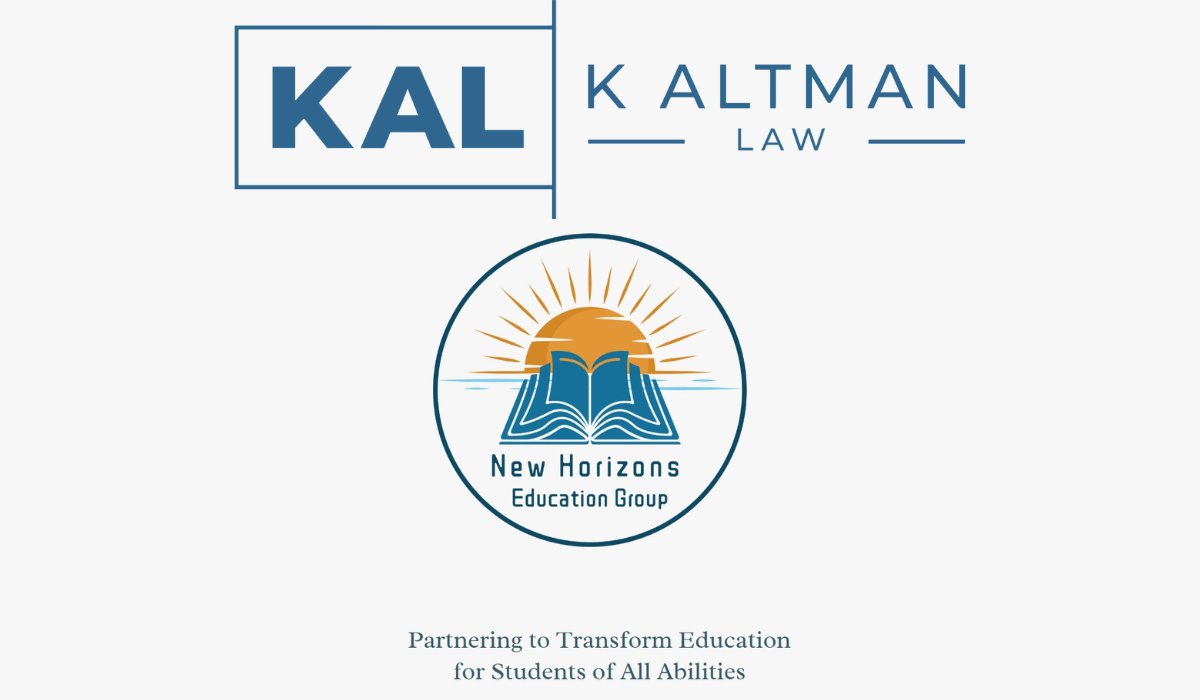The rise of online education has brought incredible convenience and flexibility to education. However, new challenges for educators have been increasingly prevalent particularly when it comes to academic integrity.
Most importantly, Cheating.
Surprisingly, a study by the International Center for Academic Integrity found that 68% of undergraduate students admitted to cheating on tests or written assignments. This statistic highlights the challenges that online education faces, particularly in maintaining academic honesty.
But fear not, students and teachers! This blog explores the various procedures and measures employed by educators to catch cheaters and uphold the authenticity of online tests.
So, you might be wondering:
How Do Professors Know If I’m Cheating On An Online Test?
Well, many professors have procedures in place that will most likely detect cheating of the test takers.
Proctoring services:
These services monitor students’ activities during the exam through webcam monitoring, screen sharing detection, and browser lockdown features, ensuring students stay focused on the test.
Data forensics:
Online testing platforms analyze test-taking patterns, flagging unusual behavior like frequent tab switching, accessing unauthorized websites, or spending excessive time on specific questions.
Authentication measures:
Fingerprint scanners, two-factor authentication, and other security measures verify the test-taker’s identity and prevent unauthorized access.
It’s Important To Remember That These Are Just Tools.
While they can help detect suspicious activity, they don’t replace the human element. Technical issues, misinterpreted actions can lead to false positives.
If you’re facing accusations of academic dishonesty in an online test, it’s important to remember your rights and take proactive steps:
Seek Legal Counsel:
Consulting with an experienced student defense attorney can help you navigate the complex process, understand your rights, and ensure a fair and just outcome.
Gather Documentation:
Collect any relevant materials, such as emails with professors, study notes, or technical support logs, to support your case.
Maintain Open Communication:
Engage in honest and constructive dialogue with your professors and university officials to present your perspective and address any concerns.
K Altman Law is dedicated to protecting the rights and interests of students facing academic integrity challenges in online learning environments. We understand the emotional and academic implications of such accusations and are committed to working alongside you to achieve a fair and just resolution.
But Can Online Teachers Truly Detect Cheating?
Absolutely! Online exam systems often come equipped with built-in data forensics tools that act like detectives, analyzing test-taking patterns for any suspicious behavior. Frequent switching between tabs, accessing unauthorized websites, or unusual activity flags, all raise red flags for teachers. Additionally, authentication measures like fingerprint scanners or two-factor authentication act as gatekeepers, ensuring the test-taker is who they claim to be and not some expert friend.
Consequences Of Cheating Can Be Severe:
Failing the course, academic probation, and even expulsion are potential consequences of academic dishonesty.
But here’s the real takeaway:
- Cheating undermines the value of education and hinders your personal growth.
- True learning comes from genuine effort, understanding, and critical thinking.
- These qualities are essential for academic and personal success, both now and in the future.
How Do Professors Know If You Cheat On An Online Test Without Tools?
Cheating is never a good idea, but in online tests, it can be even trickier to pull off. Teachers have some tricks to help them catch cheaters, so let’s see how they work:
1. Big Jumps In Scores:
Imagine a student who usually gets around a 50 on math tests, but then gets a perfect score online. That big jump might make the teacher wonder if something fishy is going on. They might also check if the student seemed extra confident or not ready at all for the test.
2. Acting Suspicious:
During the test, teachers can see what students are doing on their computers. If a student keeps switching between tabs or apps, especially during hard questions, it might look like they’re searching for answers online. Also, spending a lot of time on one question and then answering many quickly could be a red flag.
3. Answering Oddly:
Teachers can check how students answer questions throughout the test. If someone keeps picking the same answer, like “C” for every question, it might seem strange. Also, if many students pick the same answers in a weird pattern, it could mean they’re cheating together.
4. Comparing Tests:
Some tools can compare answers from different tests. If the answers from two or more tests are too similar, it might mean students are copying each other, hence indicating colluding or pre-knowledge colluding.
Can Teachers See If You Cheat On Zoom?
While Zoom itself doesn’t have built-in cheating detection, it can be used in conjunction with proctoring services. These services, like digital watchdogs, monitor students’ environments and actions through webcams and microphones during the test. Any suspicious activity like looking away from the screen repeatedly or speaking to someone off-camera can be flagged for further investigation.
Can Online Tests Detect Screen Sharing?
Online tests are increasingly equipped to detect screen sharing or the use of secondary devices. Advanced monitoring software can detect unusual activities, such as running screen-sharing programs or having multiple displays active, which could be indicative of cheating.
Conclusion
In conclusion, the answer to “How can teachers tell if you cheat on an online test?” lies in a combination of technology and human vigilance. As online testing programs continue to evolve, so do the methods to keep their integrity.
Remember, honesty is always the best policy, and genuine learning is far more rewarding than any shortcut. Students do have options to fight allegations, whether true or false.




